I love Pimeleas, they seem to always be in flower and each state has its own unique species. Pimelea’s are a stunning addition to a garden or even a pot. They put on a show with a mass of flowers and the butterflies love them . But which one is which?
We are trying our best to identify these gorgeous Pimelea’s, if you have grown them we need your help.
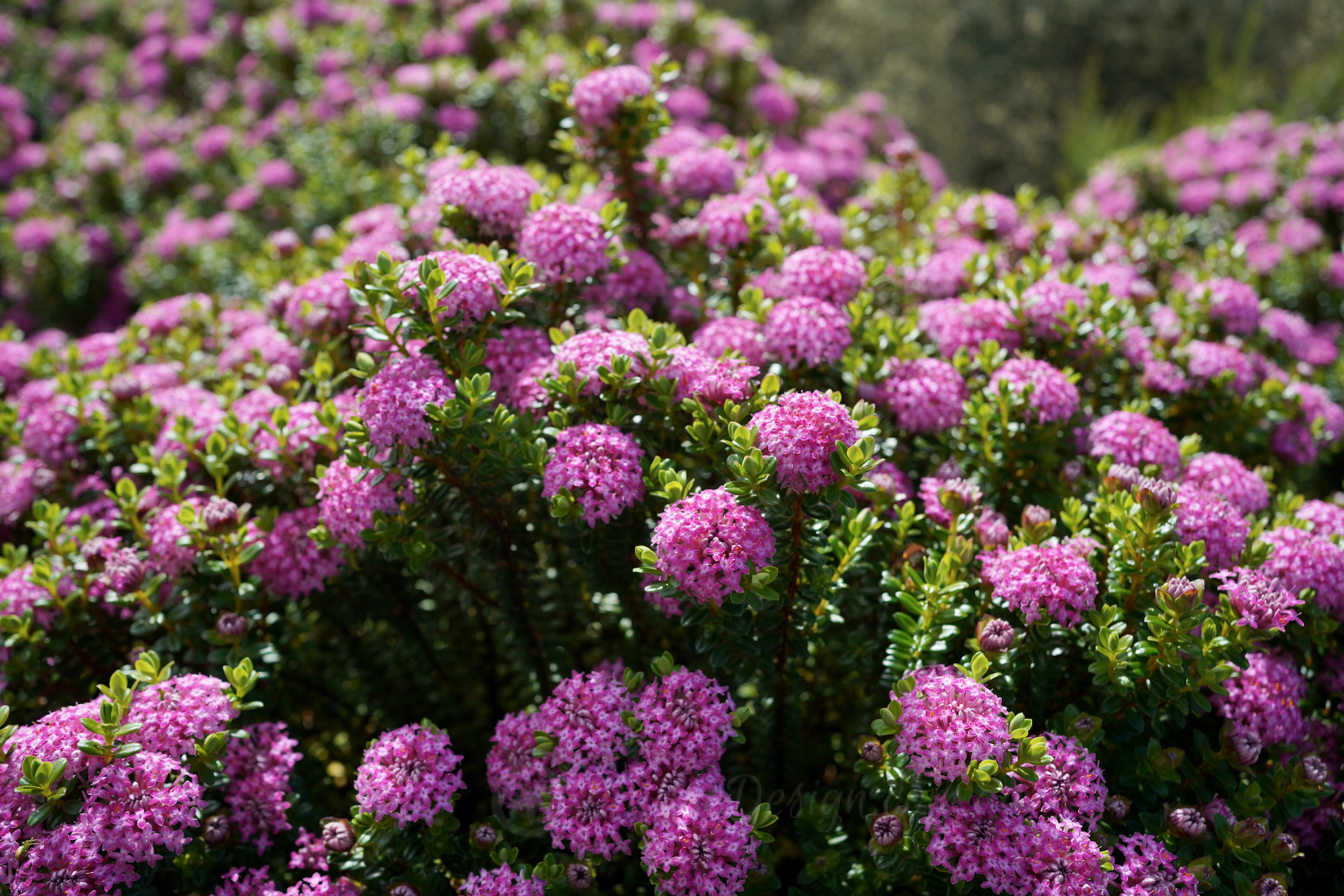
We have narrowed this vibrant, showy Pimelea down to Pimelea ferruginea ‘Magenta Mist’ as the leaf colour is a glossy dark green with magenta pink flowers as Pimelea rosea ‘Deep Dream’ seems to have small light green leaves and a larger flower head, what do you think?
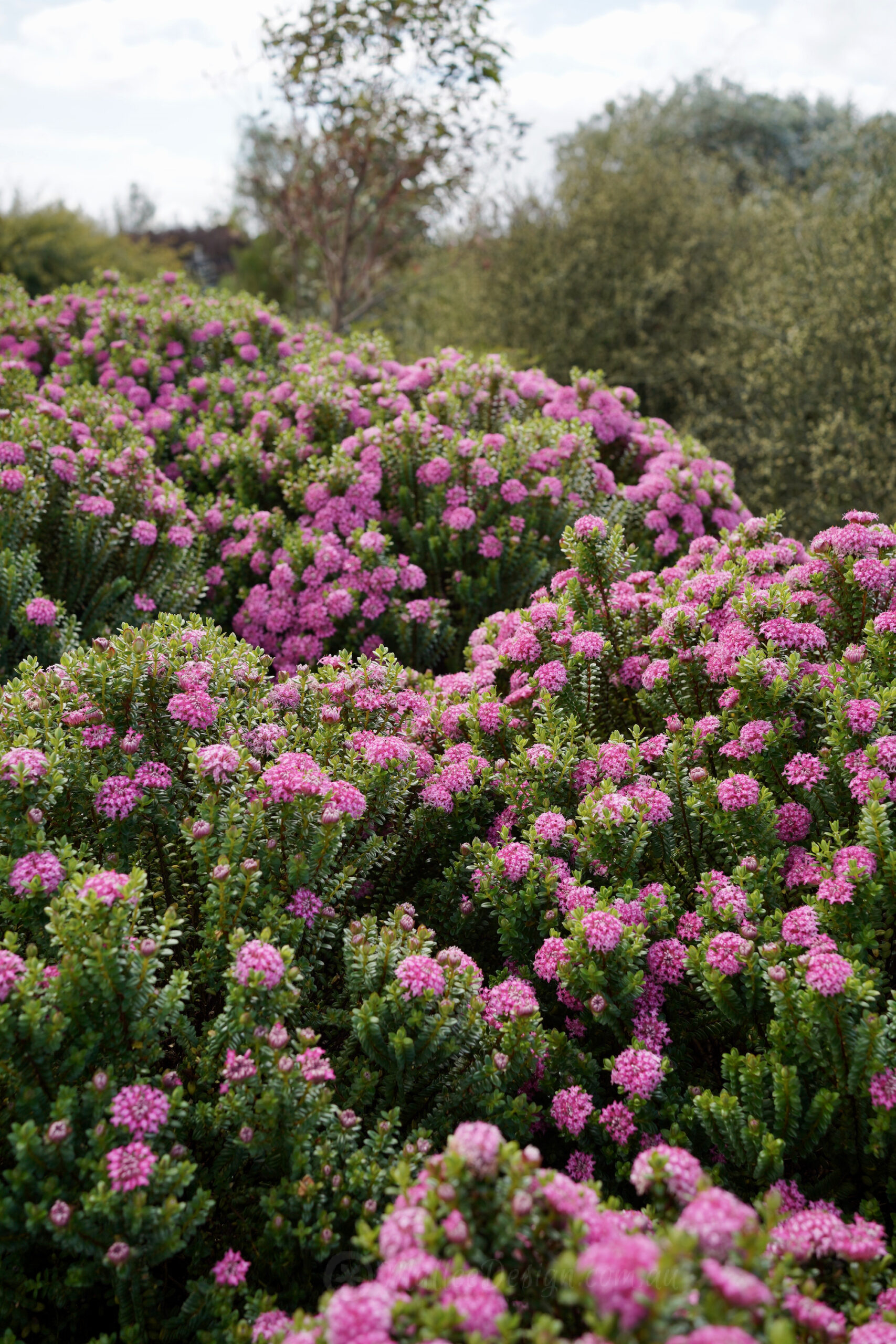
Either way these pink flowers are covering this plant in Spring and both species are classed as a small shrub grow to 1-1.2mts in height and 0.7-1mt in width.
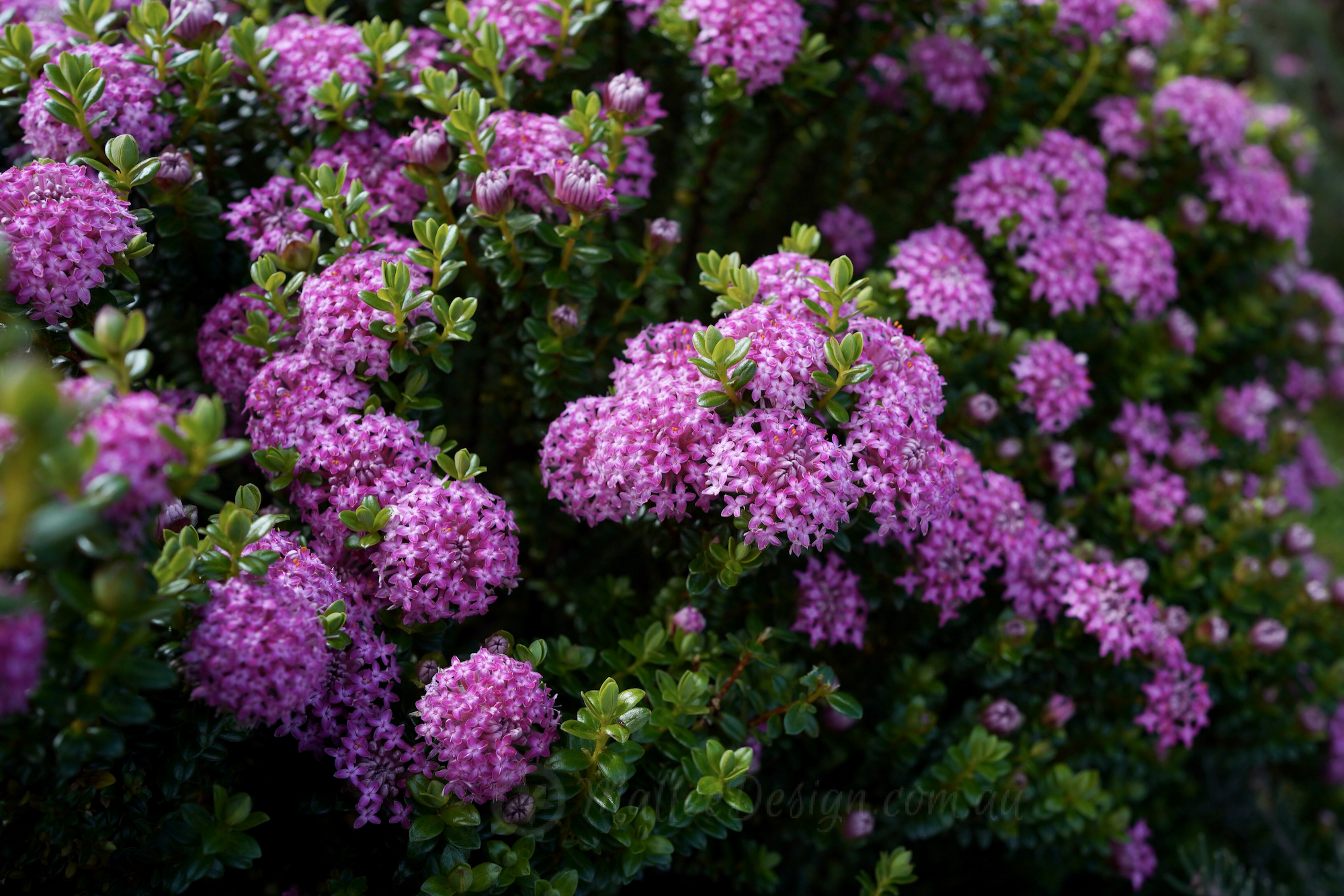
Pimelea can be planted in rockeries borders or pots, in well drained loam or sandy soil. They do not like to be planted in clay. That being said I am growing Pimelea linifolia in clay in part shade in my coastal Illawarra garden and they haven’t missed a beat.
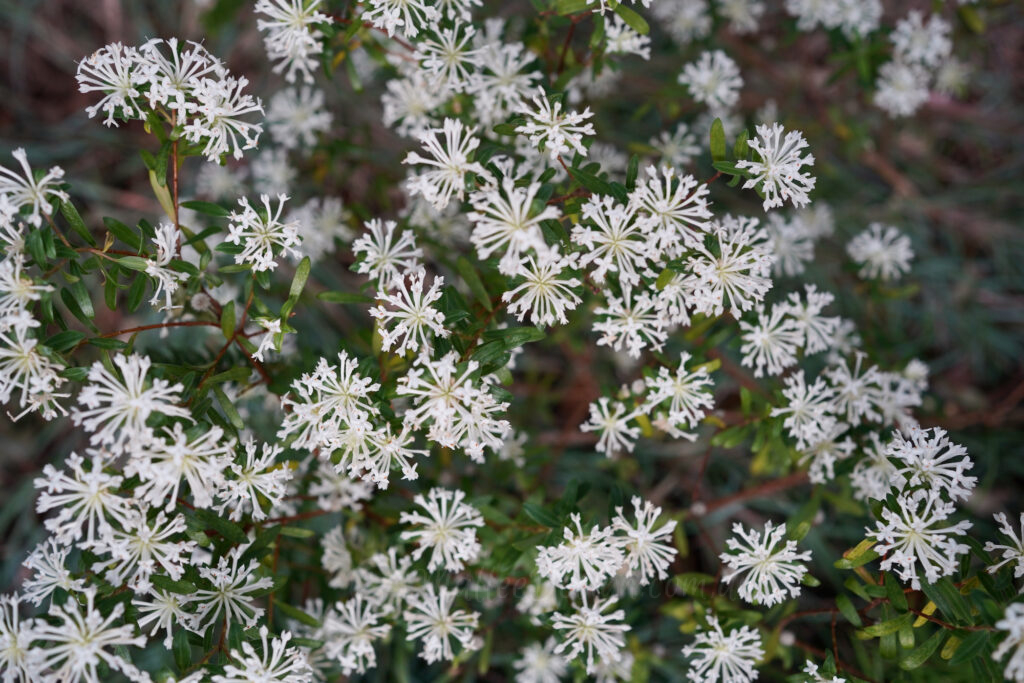
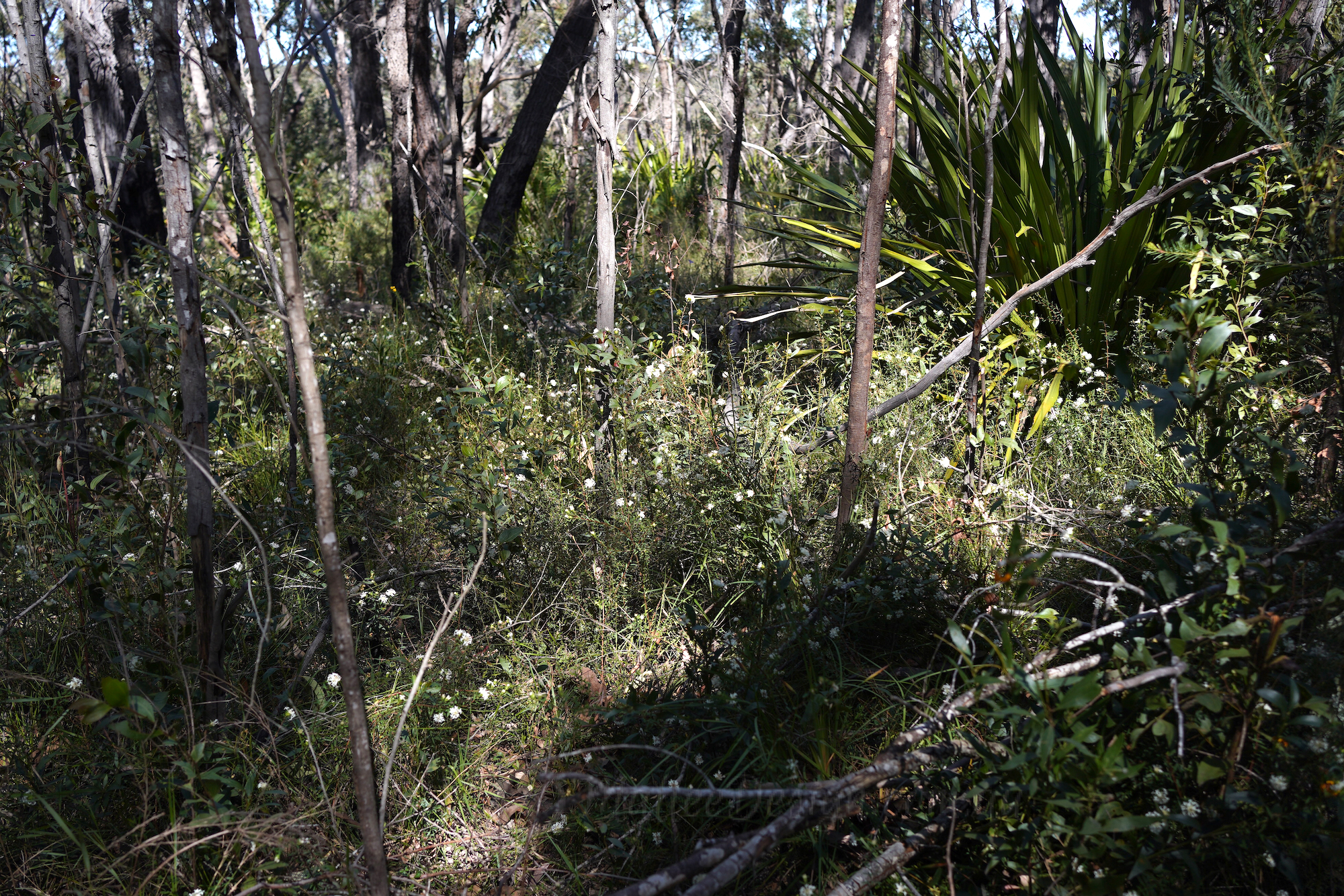
The straight species Pimelea linifolia has a more open flower head and is a less dense shrub.
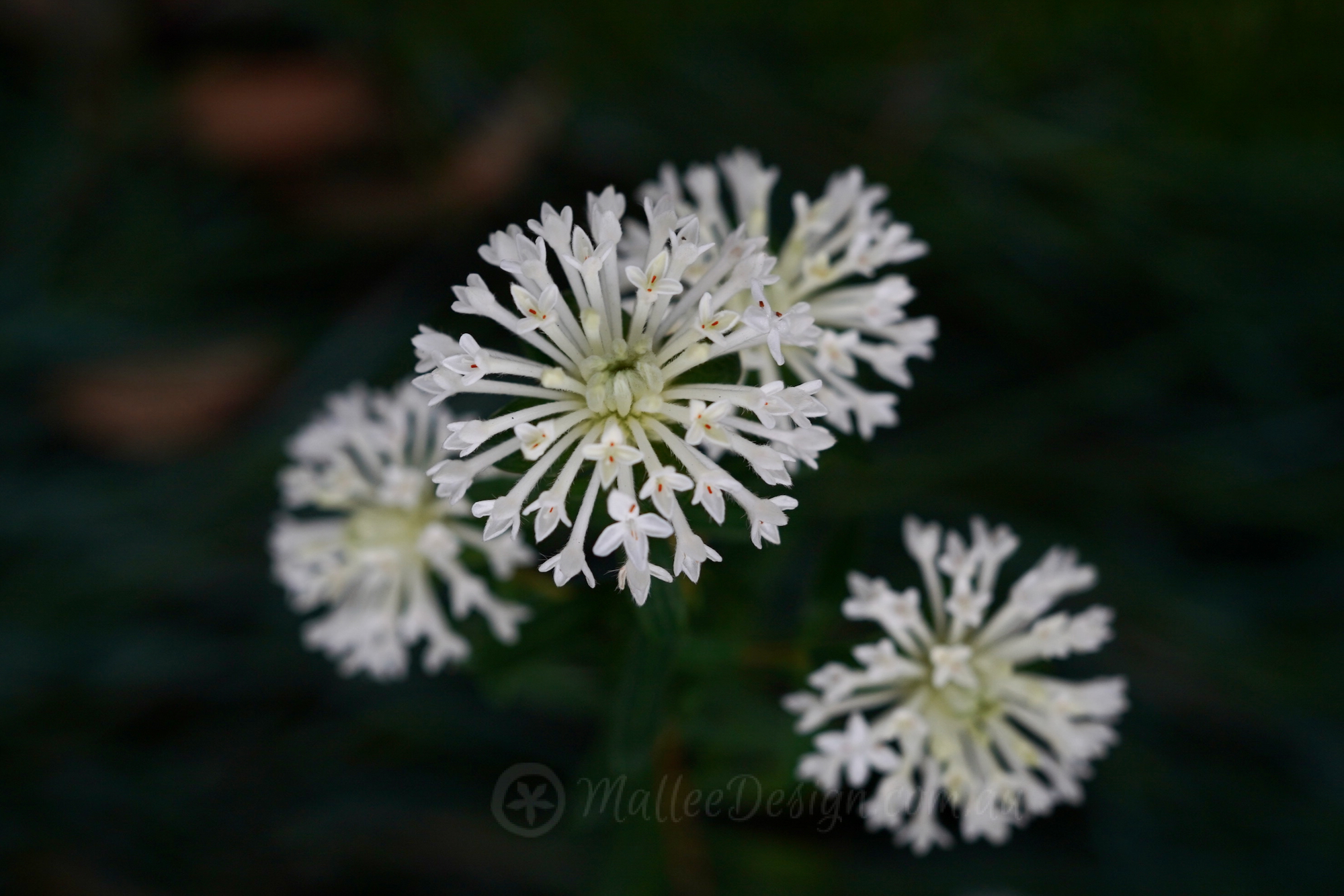
Now for this white flowering Pimelea… is this a Pimelea ferruginea ‘Snowball’ a Pimelea ciliata ‘Snow clouds’ or a Pimelea ferruginea alba?!
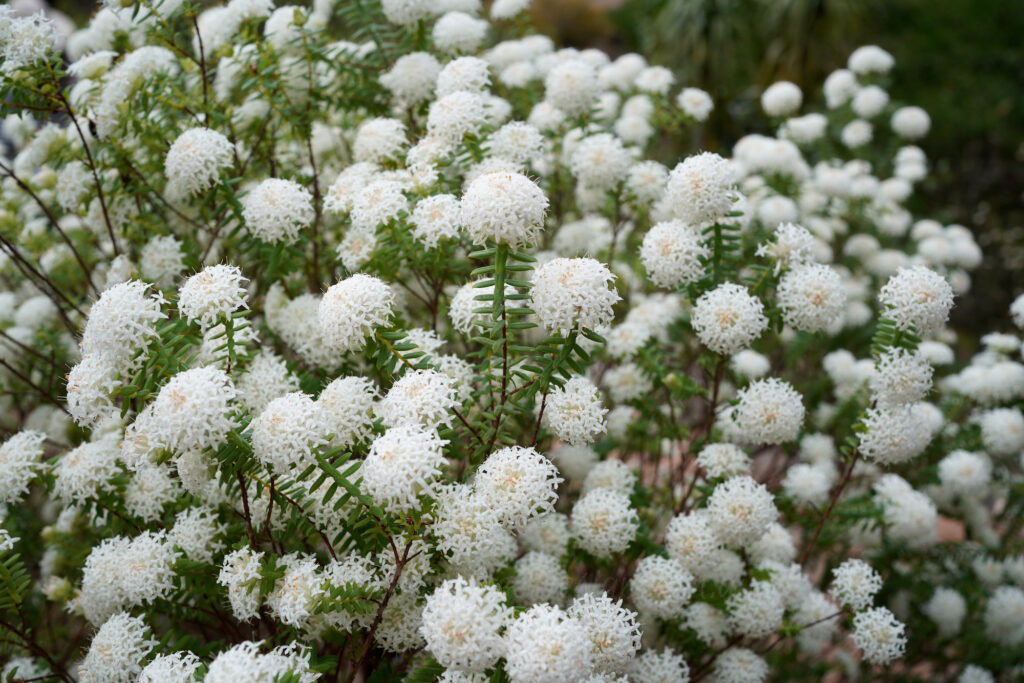
The leaves sit very horizontally and are opposite, which we thought would help with the ID but we are still thrown. It is a more open shrub so more like Pimelea ciliata.
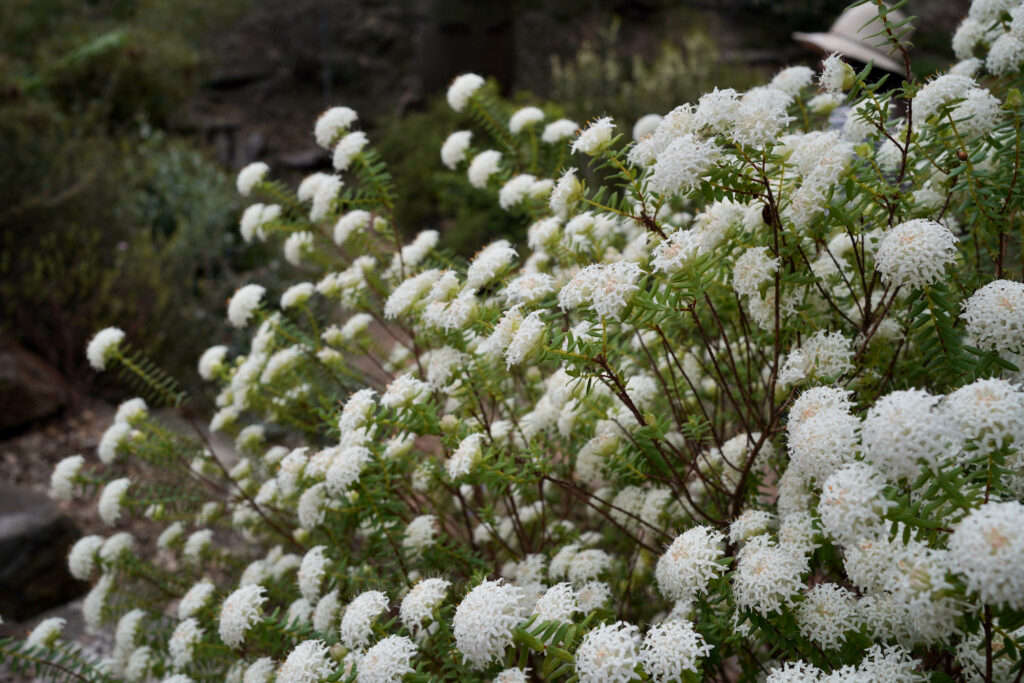
Pimelea ‘Snow Clouds’ grows slightly taller to 1mt and has a longer flowering period from Winter into Spring, where as ‘Snowball’ is more compact, growing to just over half a meter to 0.6mt and flowers in Spring only.
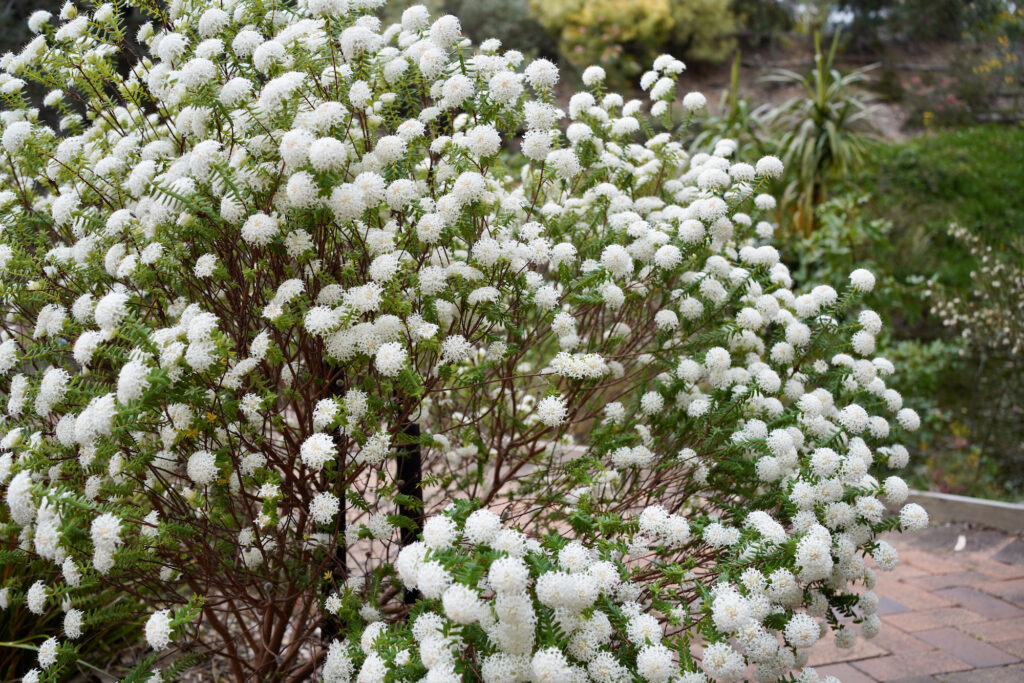
Pimelea ferruginea alba grows to 1mt tall with pom pom flowers appearing later than the above species, in Spring into Summer.
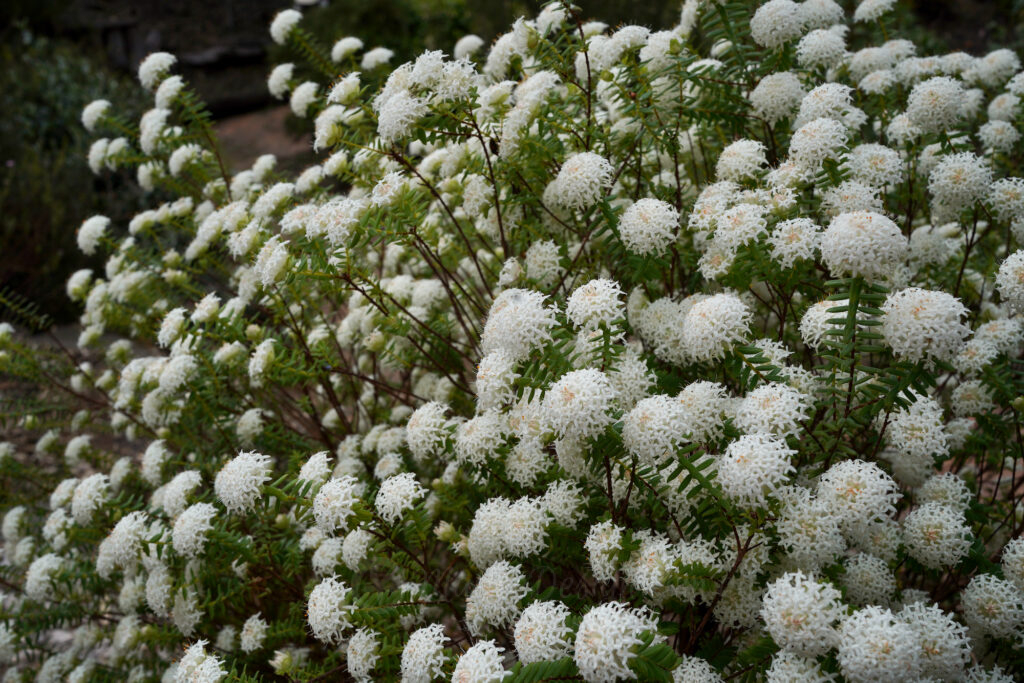
Both of these species are Salt Tolerant, great for coastal gardens and can be grown in containers to attract butterflies.
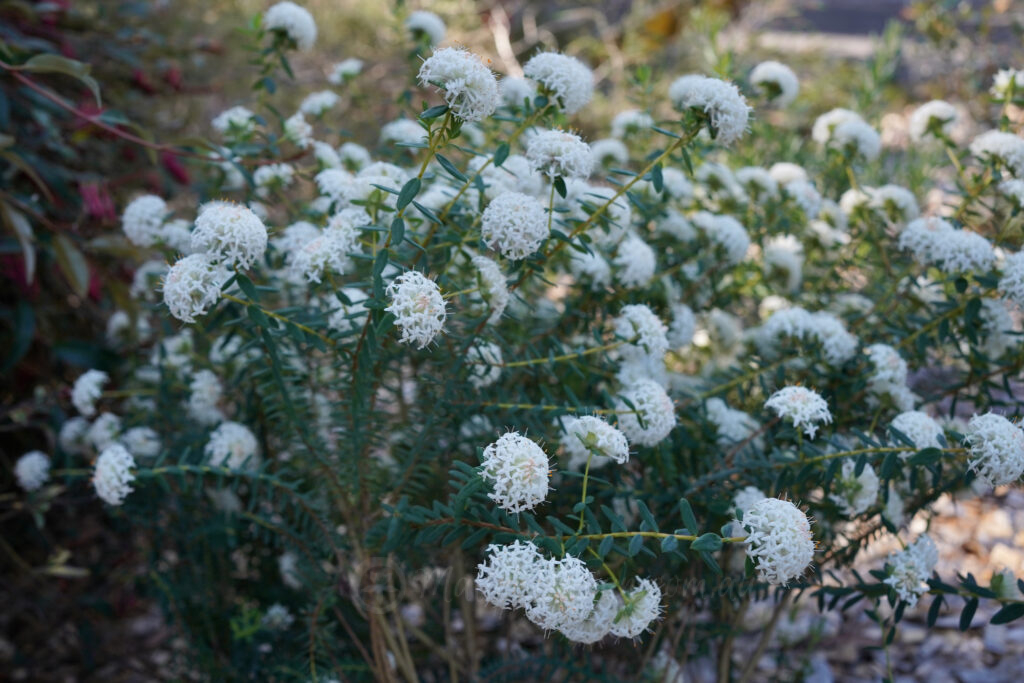
When in flower the plant certainly has the WOW factor, the flower balls almost completely covering the plants foliage.
This one (below), we are thinking is either one of the white flowering species of ferruginea.
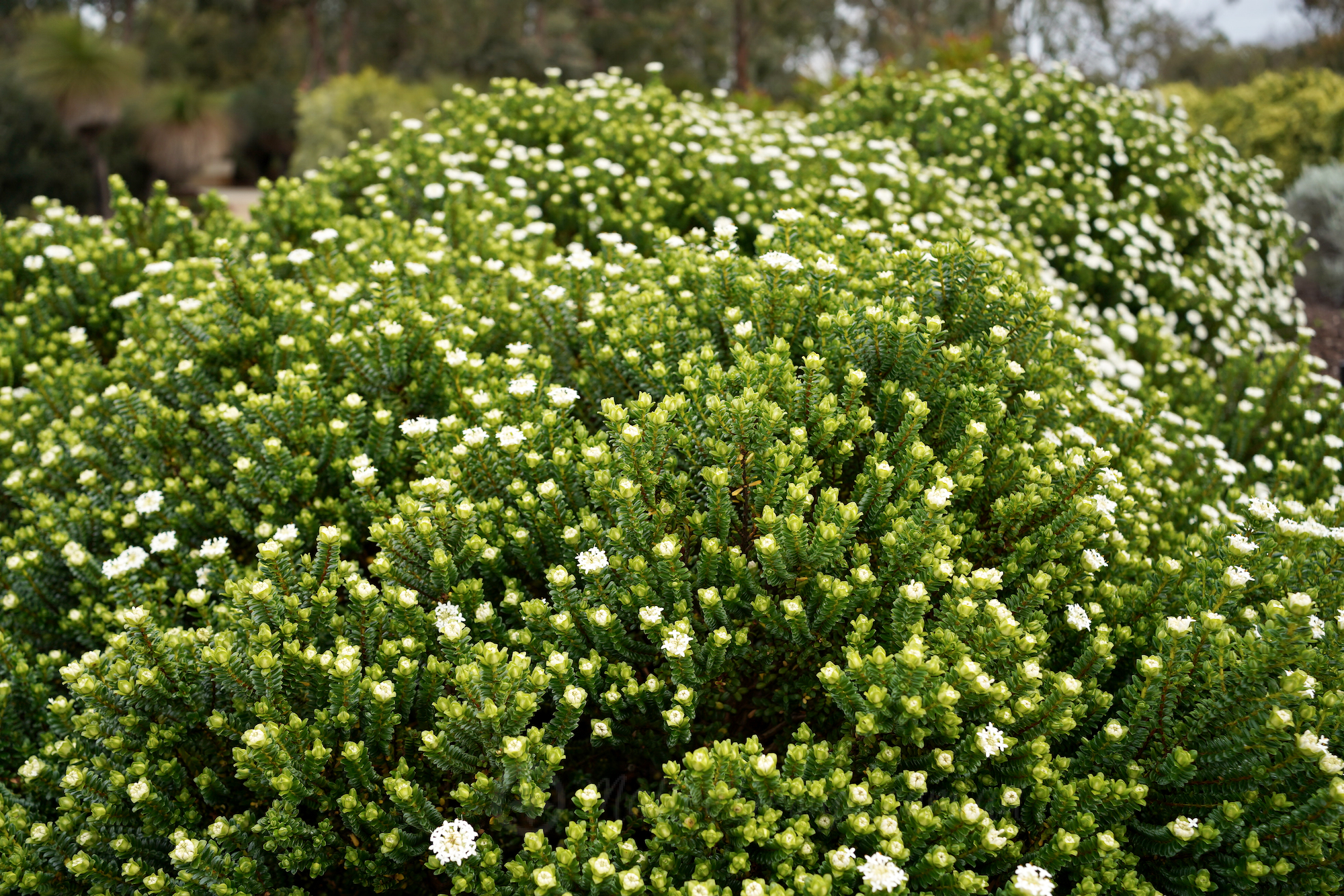
Lets go back to the one we are sure of, Pimelea linifolia. It is naturally occurring in the eastern States from the coast to the western plains in NSW and Tasmania. Growing to 1.5mts in its natural habitat, or 1mt in most garden situations.
It grows on a wide range of soils, often sandy soils, in full sun or part shade.
First Nations People used the bark of the Pimelea to make string, European settlers then calling it ‘Bushman’s Bootlace’. It is made by soaking, drying and beating the bark then rolling to make it strong. They made a very fine net of string between two poles to catch Bogong Moths in Summer.
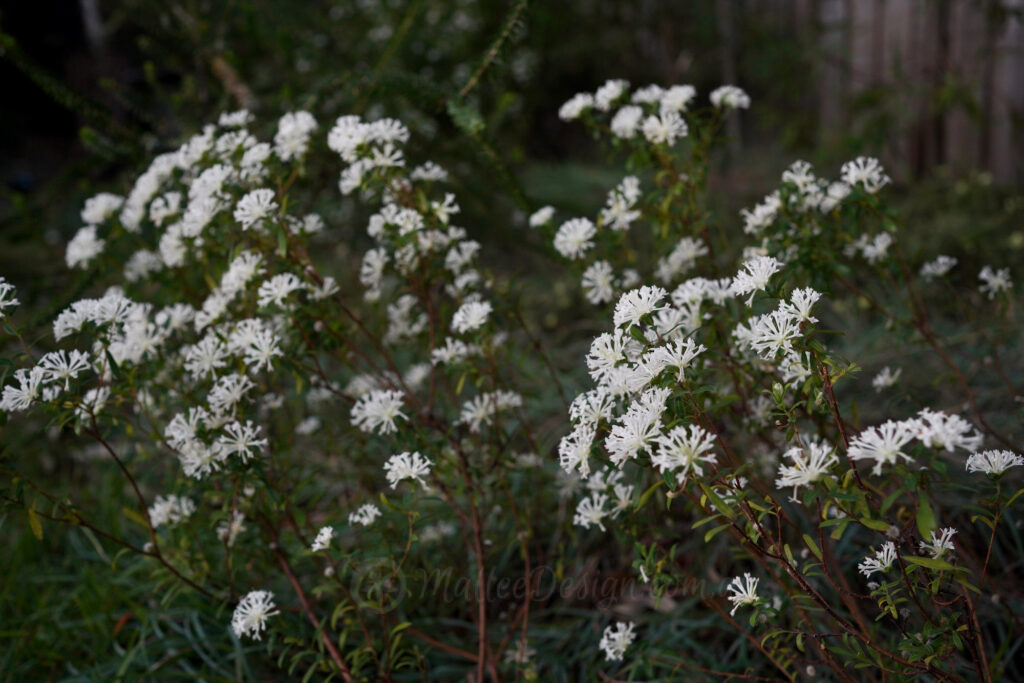
To care for these Pimelea’s prune the spent flowers and this will keep the plant in shape, there are no reported pest or diseases so once established this is quite a hardy plant giving a lot to your garden. Thanks for sticking to the end of this post, if you are growing any of the above, be sure to shed some light on these mysterious cultivars.


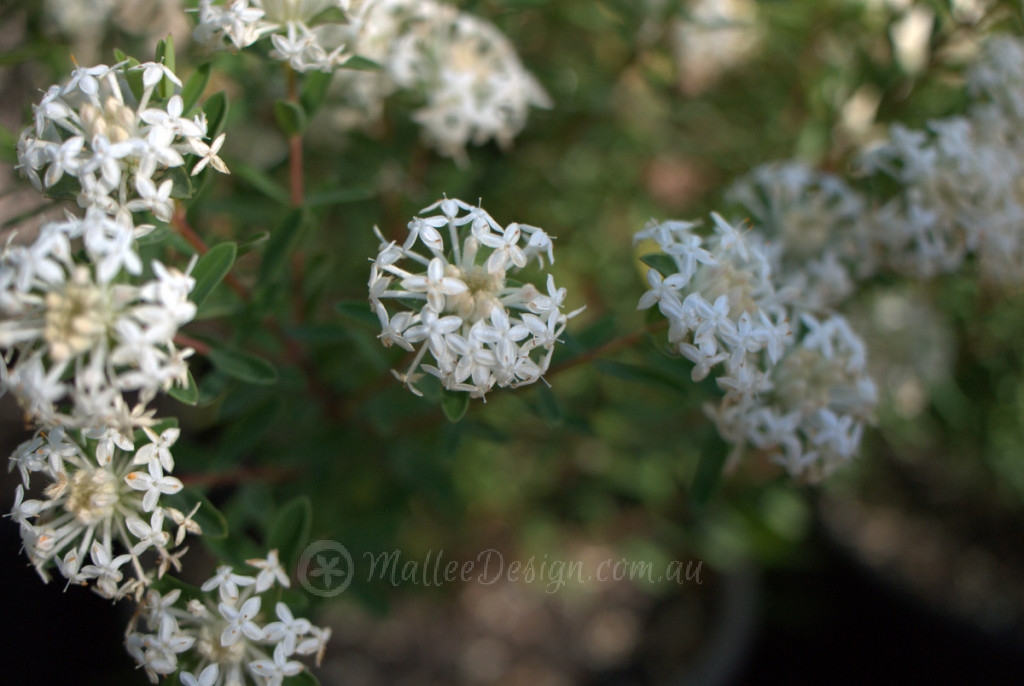
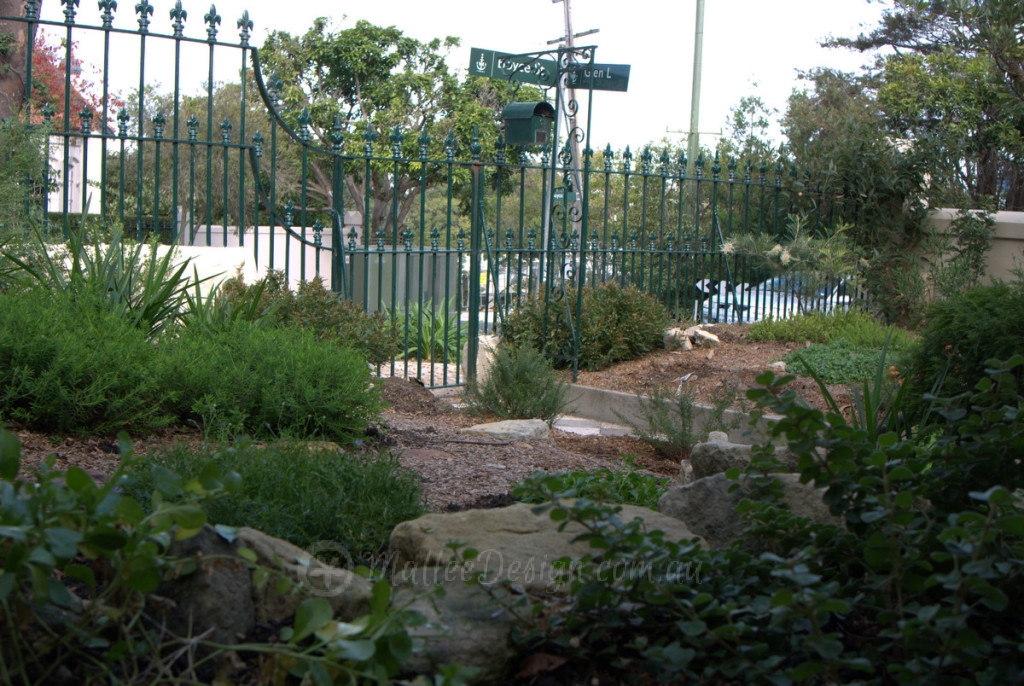
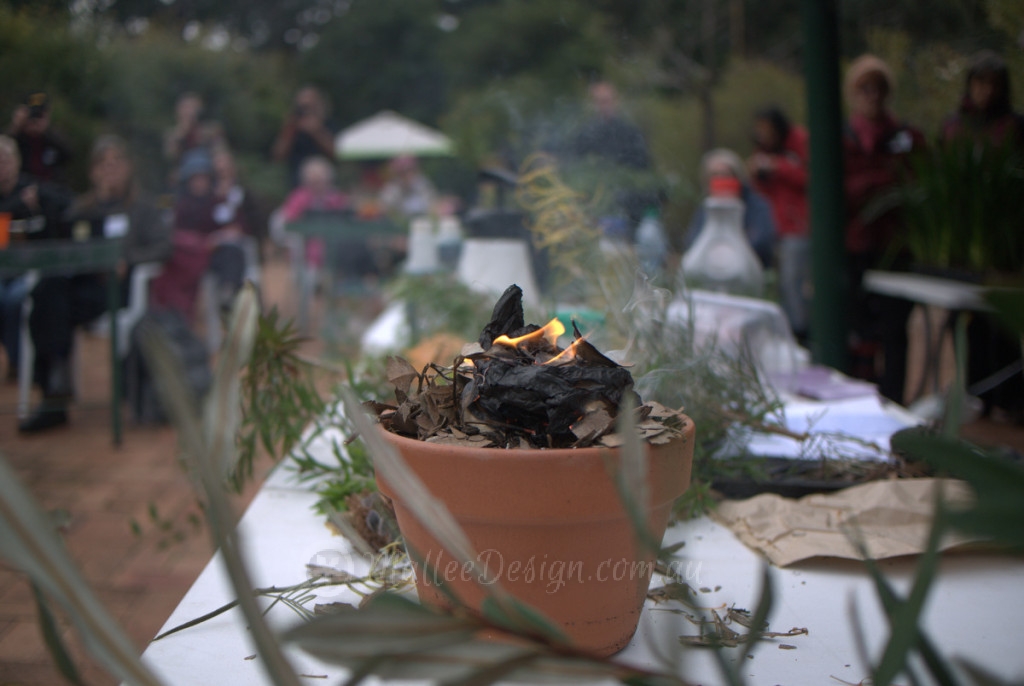
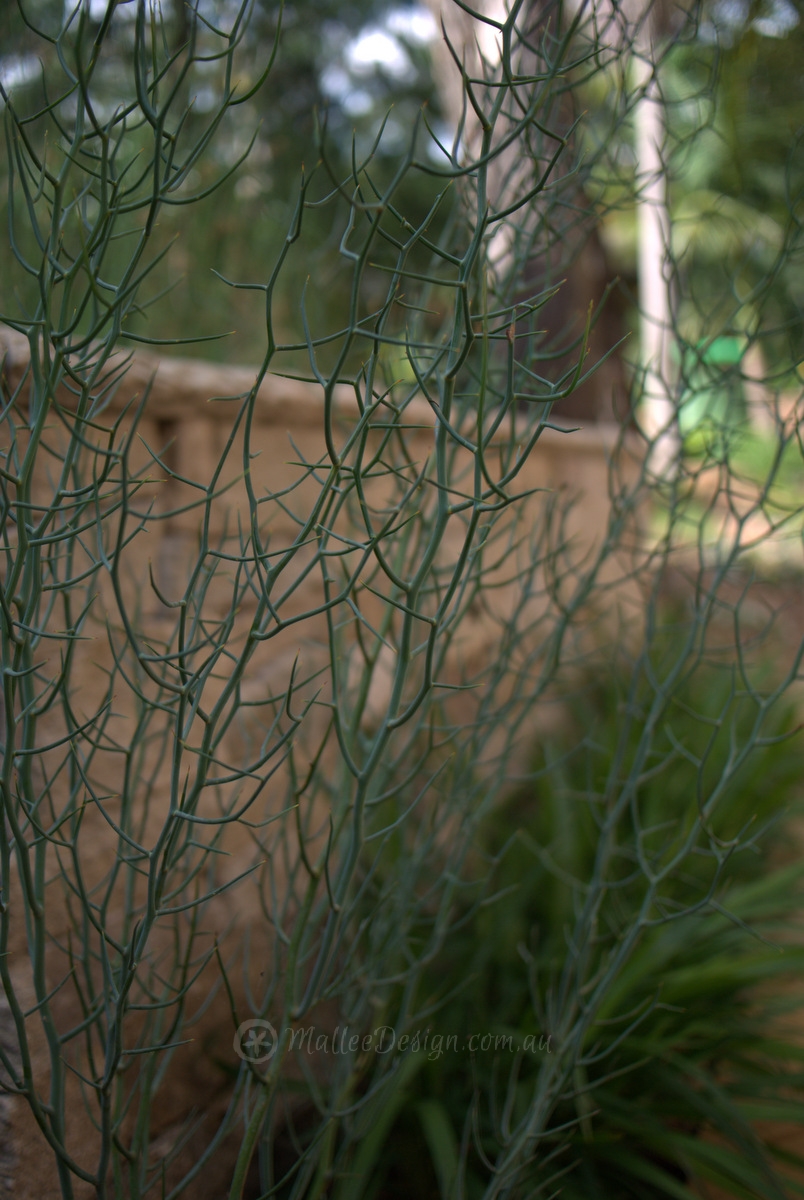
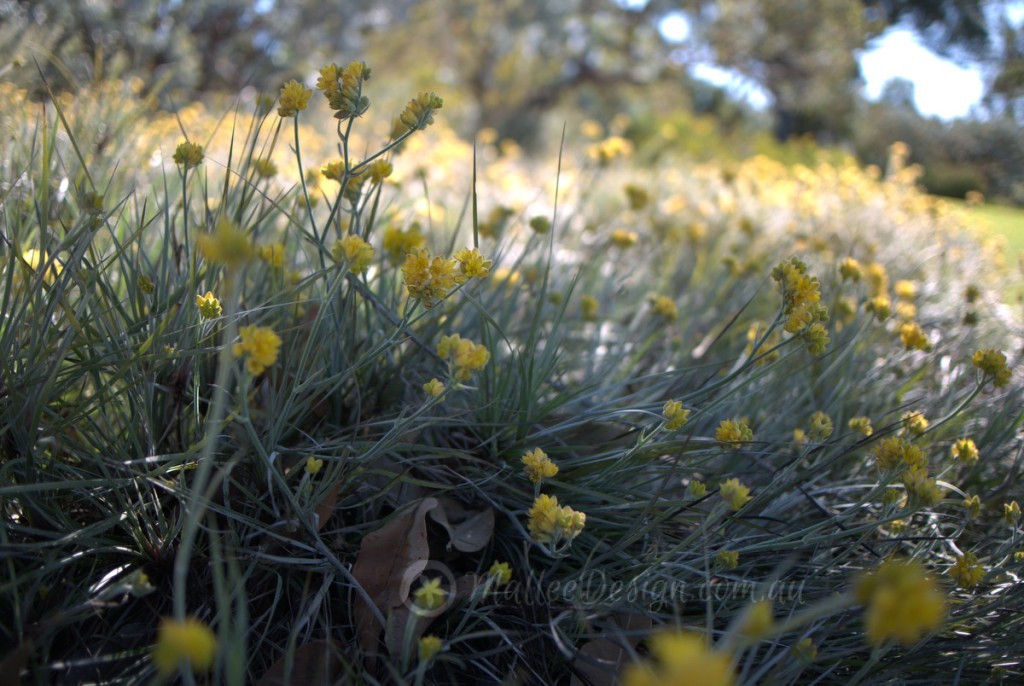
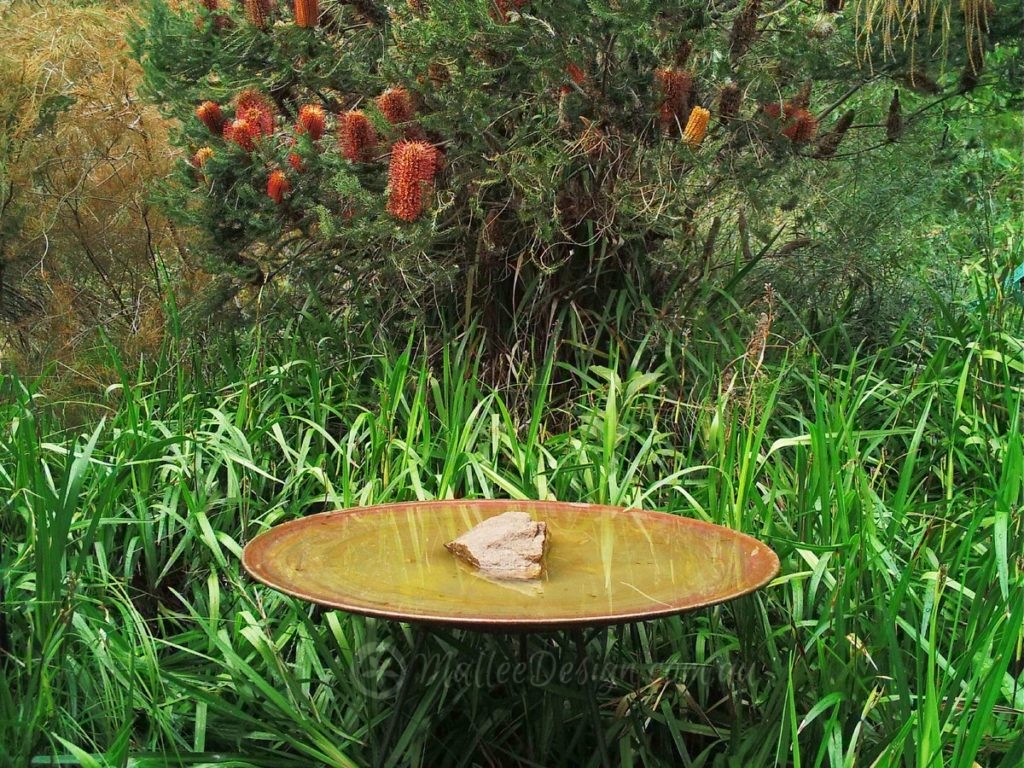
Leave a Reply